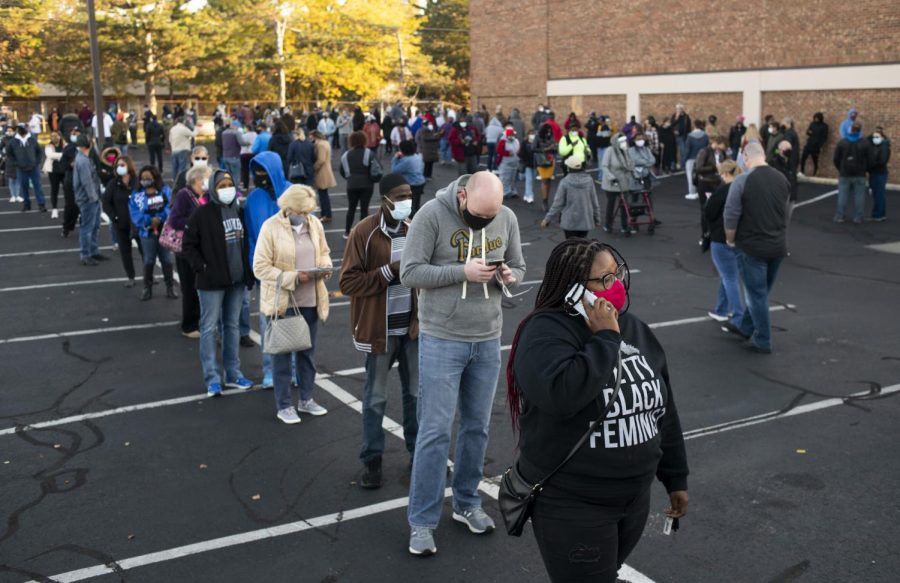The Numbers Do Lie: Blacks, Hispanics, & Native Americans Undercounted in U.S. 2020 Census
April 6, 2022
The U.S. Census Bureau released the decade-long report which reflects the 2020 undercount
The U.S. Census Bureau released its long-awaited results of the 2020 census record. The decade-long analysis reported the number of Americans from the various demographic groups in the country. However, the numbers reported for minority groups such as Blacks, Latinos, and Native Americans were largely undercounted. In contrast to this, Asians and White Americans were overcounted in the census.
The Post-Enumeration Survey (PES) and the Demographic Analysis Estimates (DA) both analyzed the count of everyone in the nation in their specific demographic groups. Their records estimate the size of the U.S. population and compare the estimates. The difference between the two is that PES records the population using a sample survey, while the DA estimates the populous using data and other vital records.
The results indicated that Blacks, Latinos, and Native Americans were undercounted. Significantly, Latinos were undercounted 4.99%, which is three times higher than it was a decade ago. Along with Latinos, Blacks were undercounted by 3.3% and Native Americans by 5.64%, according to NPR. In addition to this, the U.S. census reports also showed that children aged 0 to 17, primarily children in the 0 to 4 age group were undercounted.
The minority groups in these demographics are systematically marginalized throughout the U.S. Because of this undercount from the U.S. census, many of these Americans will continue to be impacted.
“The immediate concern is that those regions that had their numbers of people of color undercounted will suffer from lower political representation and funding for state and federal funding. Census numbers are used to determine congressional seats as well as electoral college votes. With fewer numbers comes less political representation. Less federal funding means less funding for health care programs, educational opportunities, and other public services” stated Dr. Enrique Salmon, Professor of Ethnic Studies and Tribal Liaison at California State University, East Bay.
The erasure and underrepresentation of these minority groups in the U.S. Census data will continue to contribute to the racial bias and suppressions these communities have been facing for decades.
“It is almost like suggesting that they don’t exist anymore. If they don’t exist or are in decline, then they no longer require governmental support. This is what these undercounts result in. We have been experiencing voter suppression. Now we are seeing population suppression that shifts the seats of power across the country and especially in places with higher populations of people of color,” Salmon continued.
As we look towards the next U.S. census in 2030, it is expected that the browning of America will be reflected in the people and communities across the country. It’s important to see how the politics and environmental structure will change to reflect this.
“There is no argument that, in relation to people of color, the white American population in the United States is in decline. We are already witnessing a shift in who holds political power in the United States.The question will be if that shift translates into economic power which is still mostly in the hands of white Americans” concluded Salmon.







